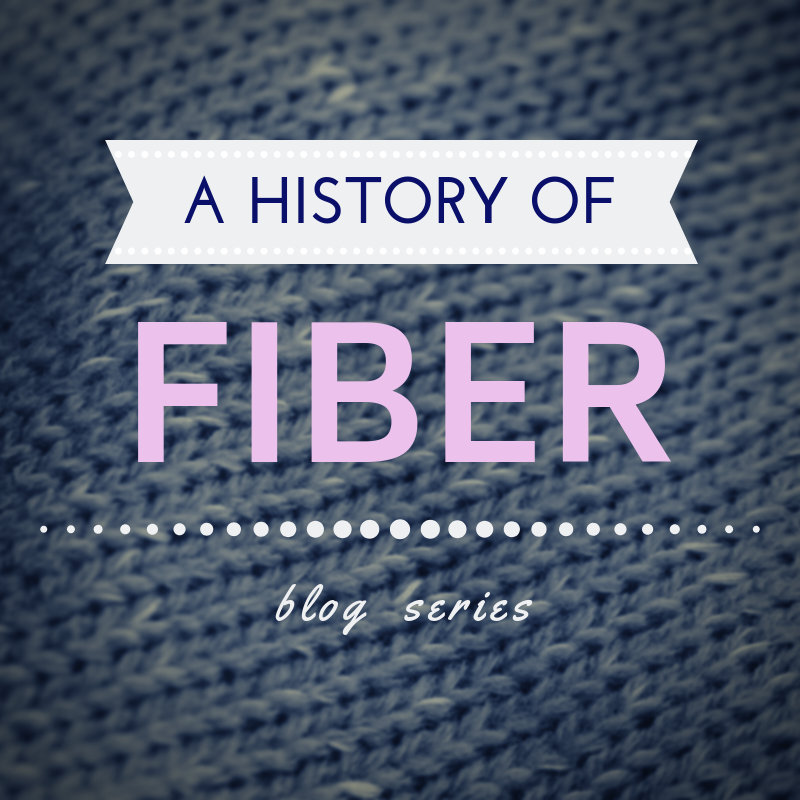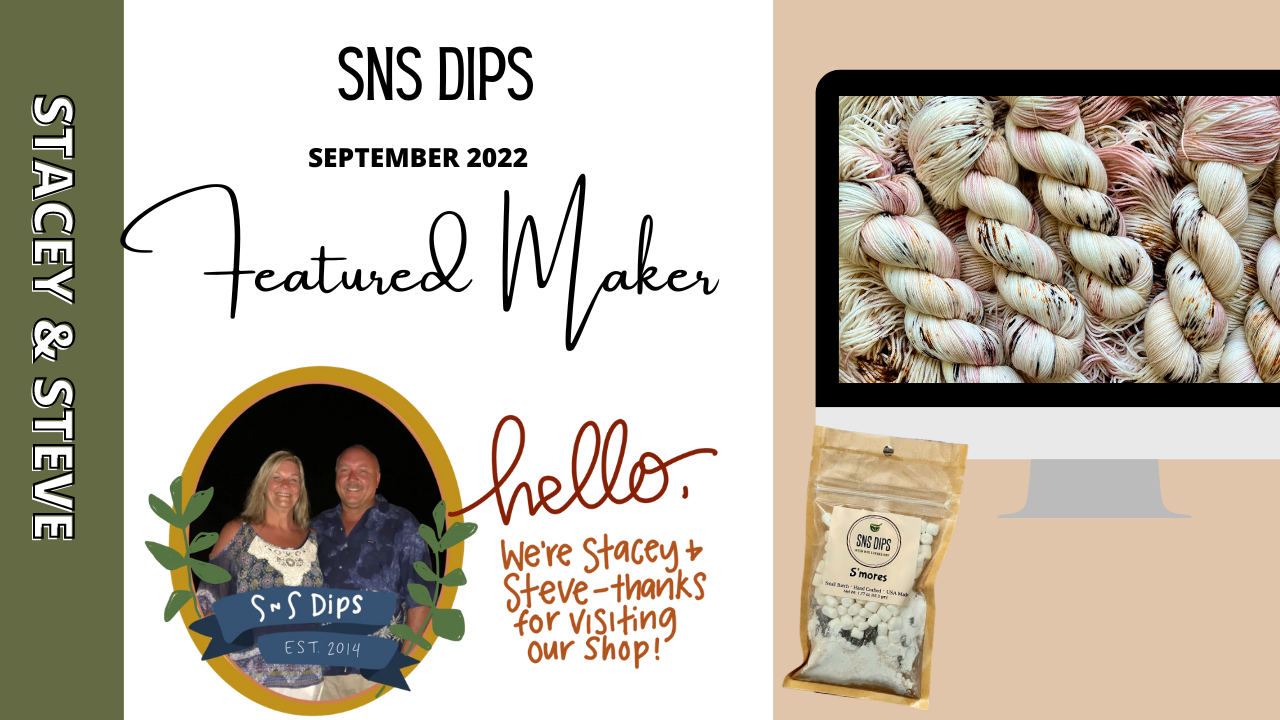A History of Fiber: Knitting

Weaving of textiles has been around almost since the beginning of man. However, knitting took longer to create. Like weaving, knitting's history is a bit of guess work but from the items found, anthologists believe knitting originated in the Middle East around the 5th century. Like weaving, these items were typically made of cotton until the trade traveled to Europe where wool and silk were popular.
Intricately knitted socks were found in Egypt around the 11th century. These were of very fine gauge, colorwork, and short heels. Two needles were used originally, by the 12th century, 4 or 5 needles were used to knit in the round.
Interestingly, the purl stitch is seen on some of the Egyptian knitting, however, purl stitches were not found on European knitted items until the mid 16th century.
Fun Fact! The word "knit" was not in the Oxford Dictionary until the 15th Century!
Industrial Revolution
In 1589 William Lee, an English Clergyman, invented the stocking frame, a mechanical knitting machine. While reading through history, this particular fact (assuming it's truth) was funny to me. Mr. Lee, presenting Queen Elizabeth I with a pair of wool black stockings, in hopes she would grant him a patent for his knitting machine. After trying them on, she refused to grant him the legal paperwork because the stockings were too coarse and itchy for her royal ankles. Plus, she believed the invention would take jobs away from the common people. BUT, and there is always a but, the King of France, King Henri IV jumped on Mr. Lee's invention and provided him the financial backup needed. Mr. Lee moved to Rouen, France and built a stocking factory. Soon after the knitting machine moved throughout Europe and back to Great Britain in 1657. There was much resistance to move knitting to factories because people wanted to keep their jobs at home. Eventually by the mid 1800's and the improvement of steam power, knitting moved into factories and hand knitting became more of a hobby/past time and printed patterns for produced for leisure. A popular knitting author was Jane Gaugain. She was born in Scotland in the early 1800s to a tailor. She and her husband built a successful business in Edinburgh. She published her first knitting pattern book in 1840, called "Lady's Assistant in Knitting, Netting, and Crochet" which was very popular throughout the UK and America and had 22 editions. The book was the best selling knitting book of the time. She published a total 16 volumes on knitting and helped make hand knitting a popular past time and source of income for women.
Here are links to a few of her works:
The Lady's Assistant for Executing Useful and Fancy Designs in Knitting, Netting, and Crochet Work (1840)
I'd like to make a note here on knitting needles. Small pieces of wood were typically used. During the Victorian times, wealthier women were able to purchase needles made of bone or tortoiseshell. During this time, gauge discs also became available. However, it was not until the 1920s that the first advertisement for circular needles was released in an Abel Morral catalog. They called these needles "Twin Pin" which quickly became a catchy name for all circular needles.

War Effort Knitting 1914-1918:
The Red Cross and several women's magazines published pamphlets with patterns and requests for men, women, and children to knit socks, hats, scarves, balaclavas, etc to send to support the Allied side.
After the war, knitwear, especially Fair Isle and Argyle sweaters, became vastly popular. During the depression knitwear was still prominent but changed with the fashion. Zippers were added to items and synthetic yarns became available. Hardships during the depression also made at home knitting (either by hand or home machine) necessary because buying yarn was cheaper than buying clothing. Socks with replaceable heels and toes were common to make mending easier. Now came the second world war. Wool was of short supply. Make do and mend pamphlet was produced by the British Ministry of Information encouraging women to unravel their unwearable woolen items to reuse the wool. Once again, patterns were provided to the people so they could knit and "do their part" to help war efforts and keep the Army and Navy warm.
Since the 1950s, knitting popularity, whether of handmade or mass produced, has ebbed and flowed. However, since the beginning of the new century, knitting has seen a revival especially of hobby knitters. Fine yarns are easily available and many celebrities knit and encourage others to pickup the past time.



Comments
Colleen Fitzpatrick —
Hi my name is Colleen and I would like to no if once in the club it’s say until I cancel or do I prescribe every month….. not finish yet….. I order and I not sure if I did fingering weight for socks …. I really kind of stupid that’s ok …. can you please check it out… thank you Did it today… and looking forward to enjoying your yarn…. be safe Colleen Fitzpatrick.